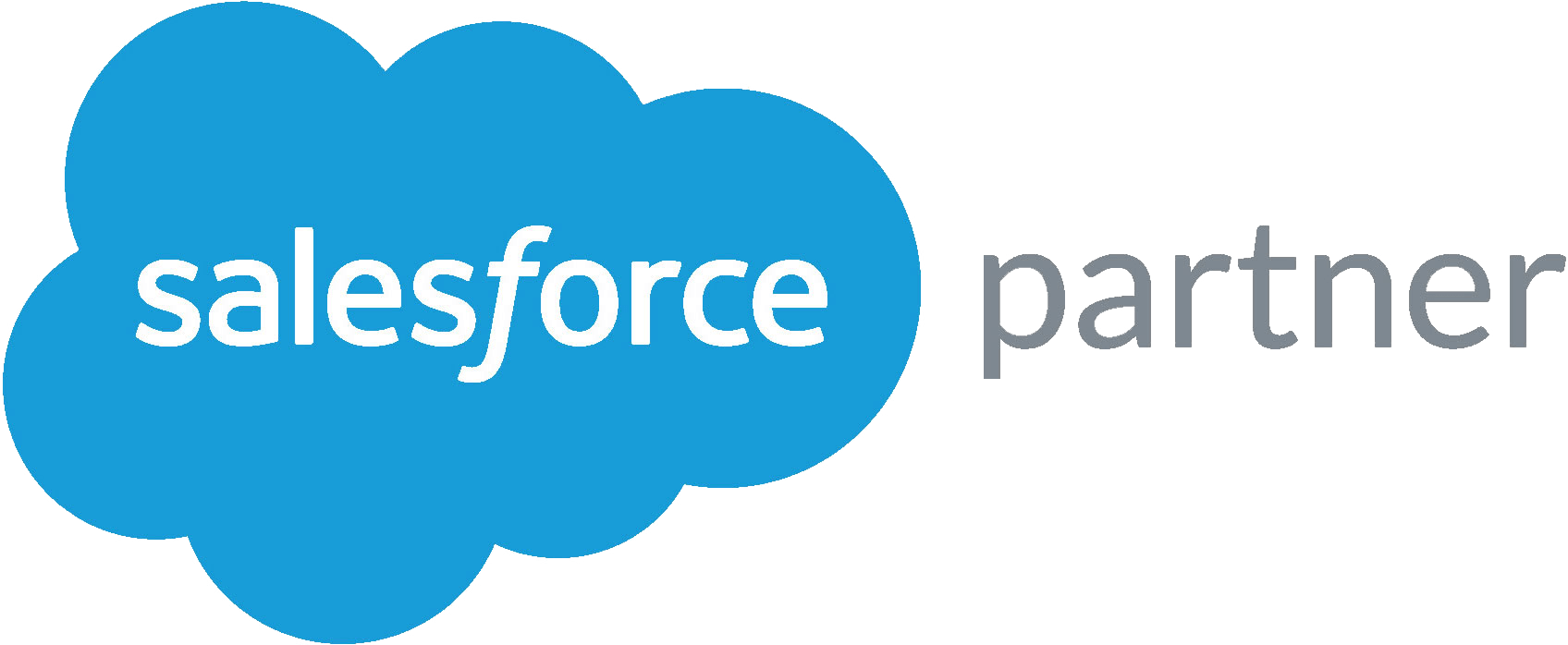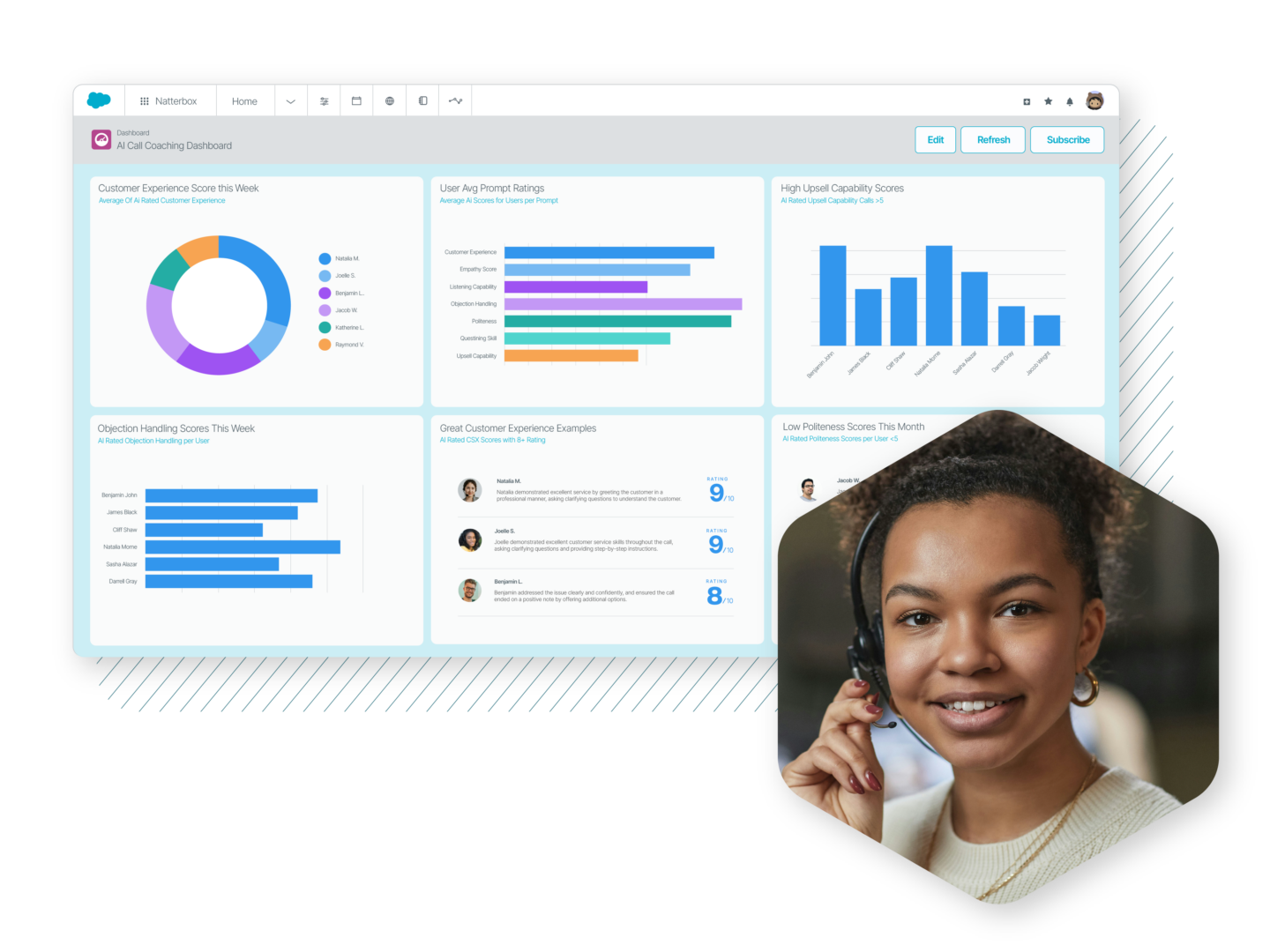Contact Centers
Best Practices for Aligning Workforce Forecasting with Customer Demand
Natterbox Team

Contact center workforce management has become a key factor in delivering exceptional customer experiences while optimizing operational efficiency. Aligning workforce forecasting with customer demand is a critical practice that ensures the right resources are available at the right time. In this article, we will explore the best practices for workforce management in contact centers, focusing on how to effectively align workforce forecasting with customer demand.
Understanding Workforce Forecasting and Customer Demand
Workforce forecasting is a strategic process that enables contact centers to anticipate and plan for customer demand. Accurate workforce forecasting requires a deep understanding of customer demand patterns, which can fluctuate due to factors such as seasonality, promotional campaigns, and external events. By analyzing historical data and trends, contact centers can gain valuable insights that help in predicting future demand and aligning their workforce accordingly.
Best Practices for Workforce Forecasting
Conducting Accurate Demand Analysis: To accurately forecast customer demand, contact centers should analyze historical data, customer behavior patterns, and market trends such as Salesforce CRM data. This analysis provides valuable insights into the patterns and fluctuations in customer demand, enabling more accurate workforce forecasting. Additionally, leveraging advanced analytics tools and technologies can provide enhanced visibility and predictive capabilities.
Utilizing Real-Time Customer Feedback: In addition to historical data, contact centers should leverage real-time customer feedback to gain insights into customer satisfaction levels and identify emerging trends. By integrating feedback mechanisms into customer interactions, contact centers can make data-driven decisions and adjust their workforce in response to immediate customer demands.
Collaborating with other Departments: Effective workforce forecasting requires collaboration between various departments, including operations, marketing, and customer service. By sharing information and aligning strategies, contact centers can gain a comprehensive understanding of customer demands and adapt their workforce accordingly.
Effective Workforce Management in Contact Centers
Implementing Agile Scheduling Strategies: Contact centers should adopt flexible scheduling models that allow for real-time adjustments based on customer demand. Techniques such as split shifts, shift bidding, and self-scheduling empower agents to have more control over their schedules and provide better coverage during peak demand periods.
Leveraging Skills-Based Routing: Skills-based routing ensures that the right agents with the appropriate expertise are assigned to handle specific customer queries. By aligning agent skills with customer demand, contact centers can minimize wait times, improve first call resolution rates, and enhance overall customer satisfaction.
Continuous Monitoring and Performance Optimization: Regular monitoring of key performance metrics such as call volumes, average handling time, and customer satisfaction scores allows contact centers to measure their workforce performance against customer demands. This data-driven approach enables them to identify areas for improvement and make informed decisions for optimizing their workforce management strategies.
Workforce Management Is An Essential Tool
Aligning workforce forecasting with customer demand is essential for contact center workforce management. By adopting best practices such as accurate demand analysis, utilizing real-time customer feedback, and collaborating with other departments, contact centers can ensure that their workforce is optimized to meet customer demands effectively. Agile scheduling strategies and skills-based routing further enhance the workforce management approach, enabling contact centers to provide timely and personalized customer experiences. Continuous monitoring and performance optimization support a data-driven decision-making process, ensuring ongoing improvements in workforce management. By embracing these best practices, contact centers can maximize customer satisfaction, optimize operational efficiency, and gain a competitive advantage in today’s customer-centric business environment.



